Pengliang Ding
Person-Job Fit: Adapting the Right Talent for the Right Job with Joint Representation Learning
Oct 08, 2018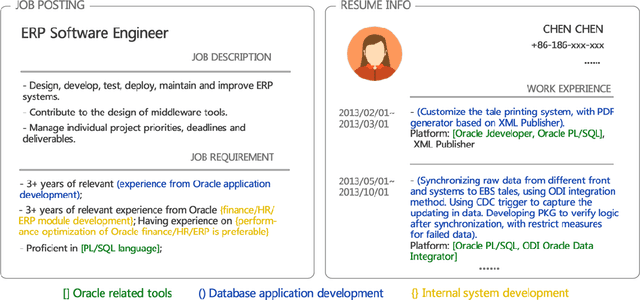

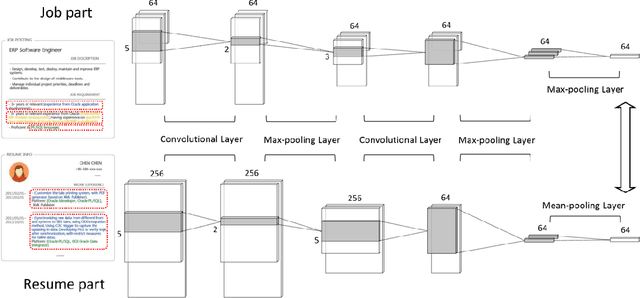

Abstract:Person-Job Fit is the process of matching the right talent for the right job by identifying talent competencies that are required for the job. While many qualitative efforts have been made in related fields, it still lacks of quantitative ways of measuring talent competencies as well as the job's talent requirements. To this end, in this paper, we propose a novel end-to-end data-driven model based on Convolutional Neural Network (CNN), namely Person-Job Fit Neural Network (PJFNN), for matching a talent qualification to the requirements of a job. To be specific, PJFNN is a bipartite neural network which can effectively learn the joint representation of Person-Job fitness from historical job applications. In particular, due to the design of a hierarchical representation structure, PJFNN can not only estimate whether a candidate fits a job, but also identify which specific requirement items in the job posting are satisfied by the candidate by measuring the distances between corresponding latent representations. Finally, the extensive experiments on a large-scale real-world dataset clearly validate the performance of PJFNN in terms of Person-Job Fit prediction. Also, we provide effective data visualization to show some job and talent benchmark insights obtained by PJFNN.
* 16 pages, 5 figures
Recruitment Market Trend Analysis with Sequential Latent Variable Models
Dec 08, 2017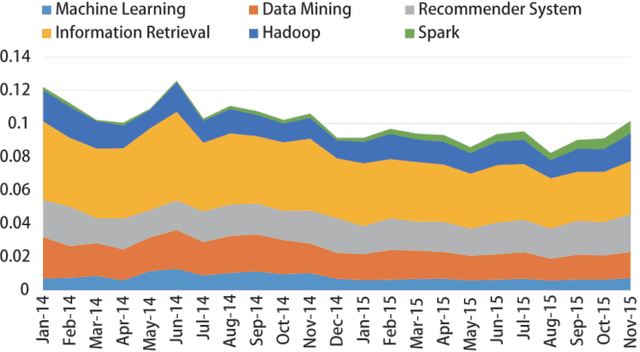
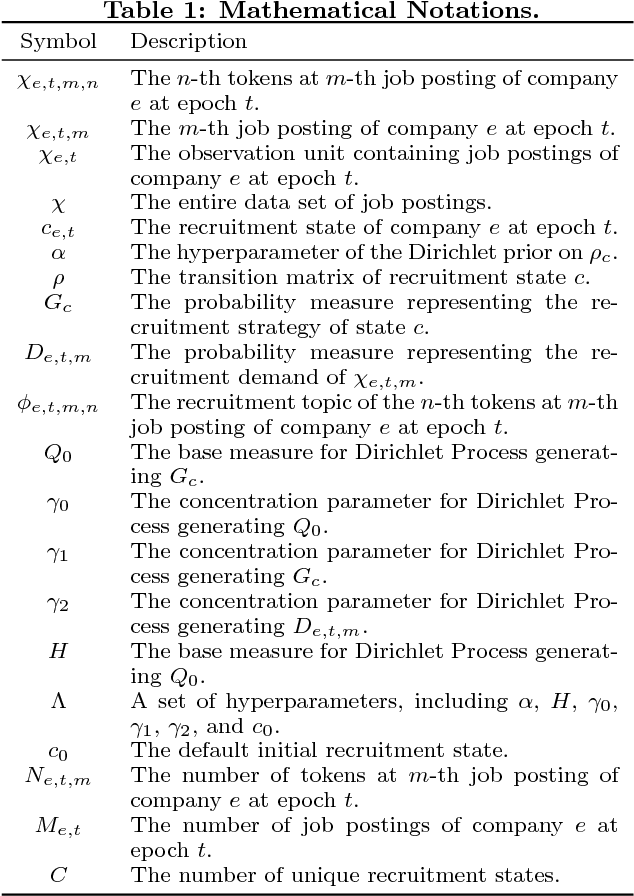
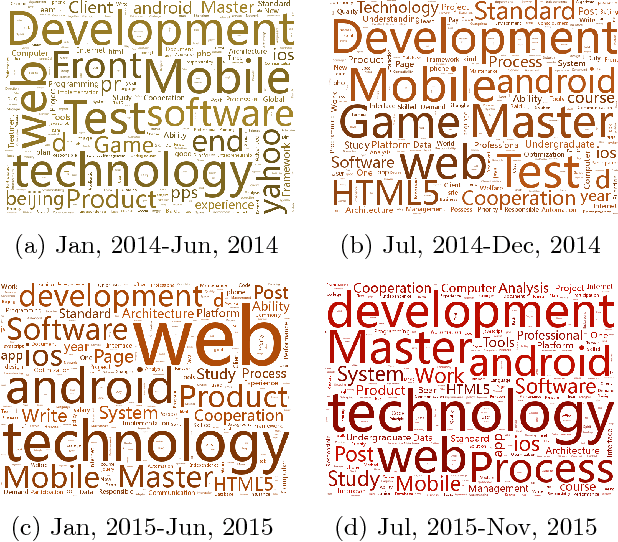

Abstract:Recruitment market analysis provides valuable understanding of industry-specific economic growth and plays an important role for both employers and job seekers. With the rapid development of online recruitment services, massive recruitment data have been accumulated and enable a new paradigm for recruitment market analysis. However, traditional methods for recruitment market analysis largely rely on the knowledge of domain experts and classic statistical models, which are usually too general to model large-scale dynamic recruitment data, and have difficulties to capture the fine-grained market trends. To this end, in this paper, we propose a new research paradigm for recruitment market analysis by leveraging unsupervised learning techniques for automatically discovering recruitment market trends based on large-scale recruitment data. Specifically, we develop a novel sequential latent variable model, named MTLVM, which is designed for capturing the sequential dependencies of corporate recruitment states and is able to automatically learn the latent recruitment topics within a Bayesian generative framework. In particular, to capture the variability of recruitment topics over time, we design hierarchical dirichlet processes for MTLVM. These processes allow to dynamically generate the evolving recruitment topics. Finally, we implement a prototype system to empirically evaluate our approach based on real-world recruitment data in China. Indeed, by visualizing the results from MTLVM, we can successfully reveal many interesting findings, such as the popularity of LBS related jobs reached the peak in the 2nd half of 2014, and decreased in 2015.
 Add to Chrome
Add to Chrome Add to Firefox
Add to Firefox Add to Edge
Add to Edge